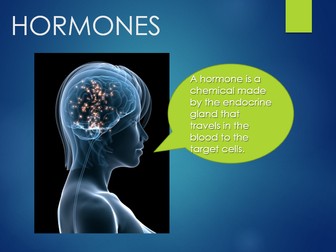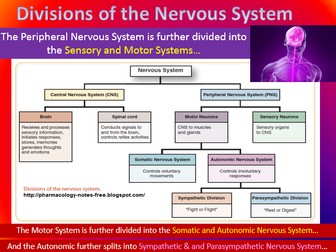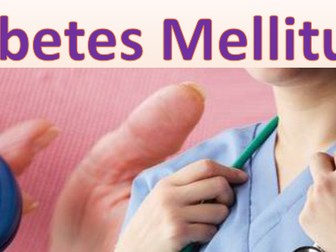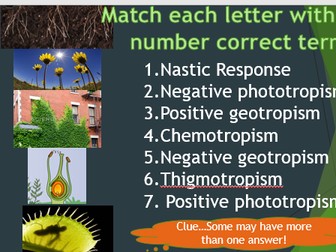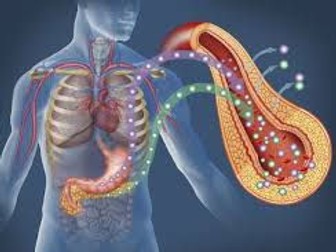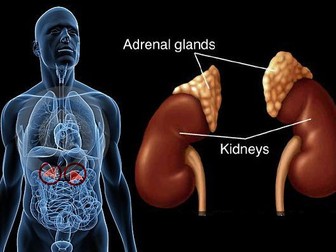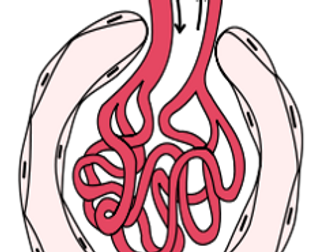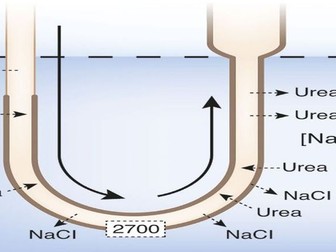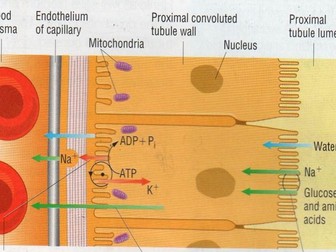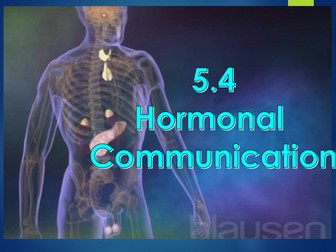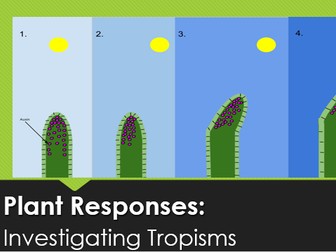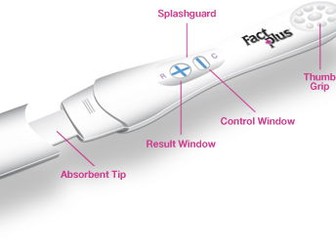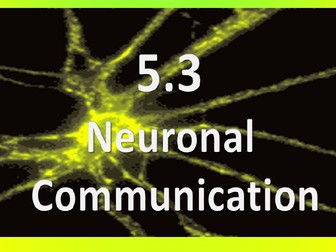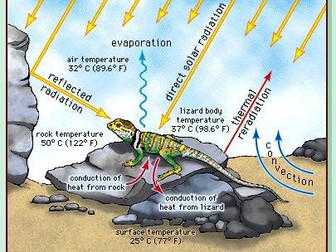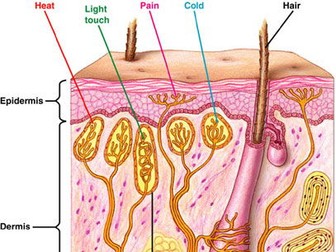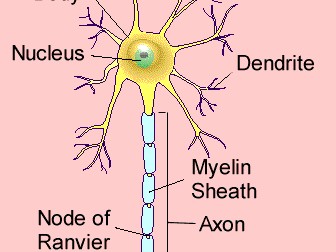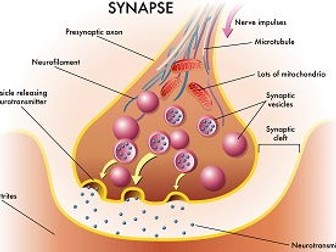
NEW OCR Biology A 5.4.1 Endocrine Communication
An interesting and excellently presented introductory presentation into the Hormonal Communication chapter.
Students are introduced into the different glands of the endocrine system with a worksheet detailing the many hormones of the human body. This can also be used as a homework activity.
The presentation then explores the different types of hormone, including protein and steroid hormones, and how first and second messengers work through a series of pictures and flow diagrams.
To finish off, there is a fun plenary crossword activity where students can assess the learning they have made in the lesson.
5.4.1. (a) To understand endocrine communication by hormones.
To know the secretion of hormones into the blood,transport by the blood, and detection by target cells or tissues.
